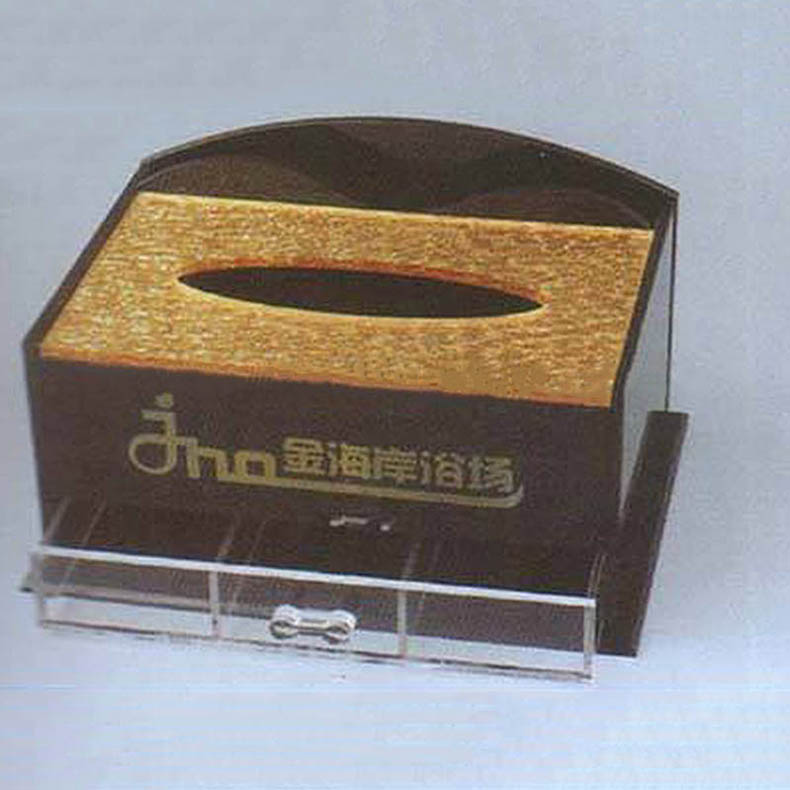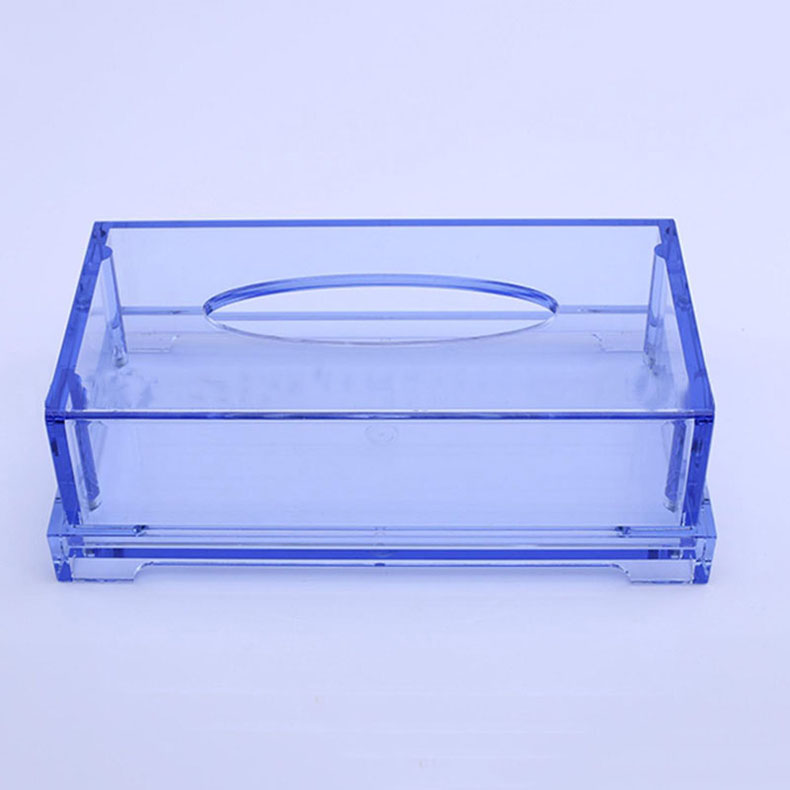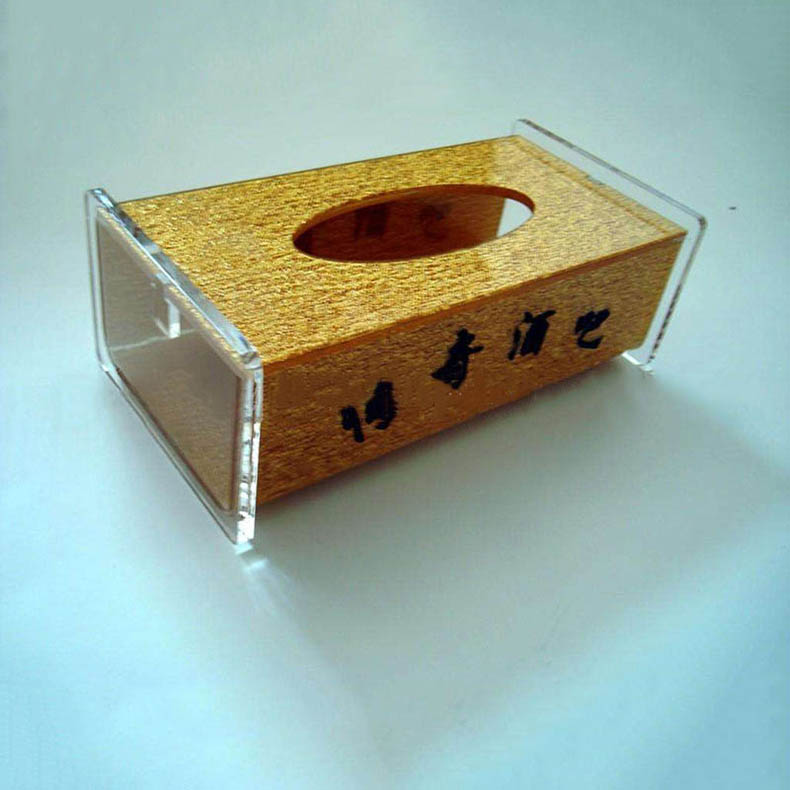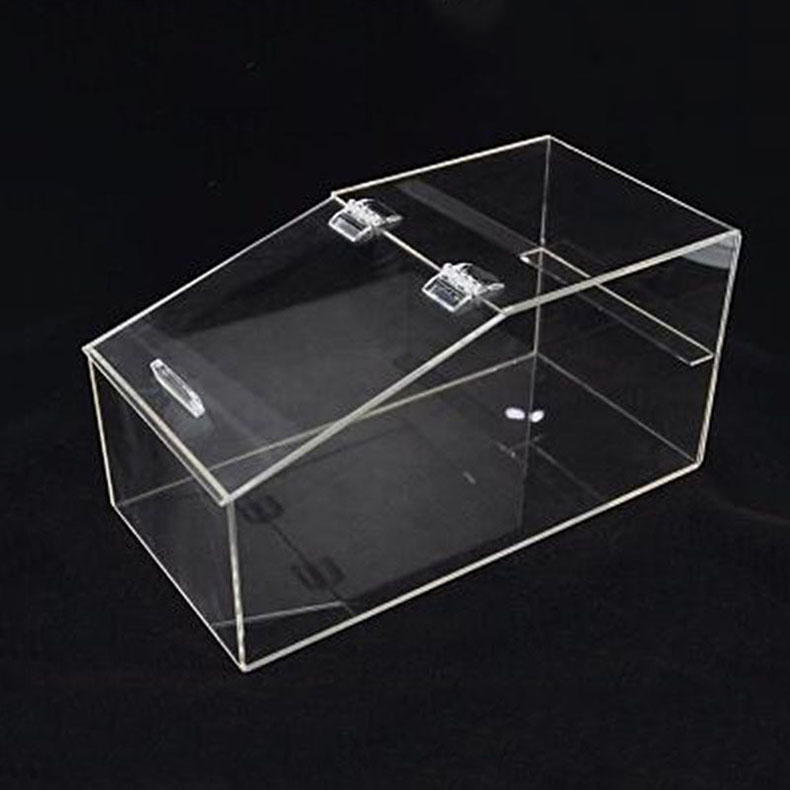Acrylic photo frames are popular choices for displaying photographs and artwork due to their versatility, optical clarity, and durability. However, the question of whether acrylic photo frames are breakable is important to consider when evaluating their suitability for protecting and showcasing precious memories. In this detailed discussion, we will explore the factors that determine the breakability of acrylic photo frames, how they compare to traditional glass frames, and the practical considerations for handling and maintaining acrylic frames.
Acrylic, also known as plexiglass, is a transparent thermoplastic material that offers several advantages over traditional glass, including impact resistance and durability. While acrylic is significantly more resistant to breakage than glass, it is not completely indestructible. The breakability of acrylic photo frames depends on various factors, such as the thickness of the acrylic material, the quality of construction, and how the frame is handled and maintained.
One of the key advantages of acrylic over glass is its impact resistance. Acrylic is known for being more durable and shatter-resistant than glass, making it less likely to break when subjected to accidental impacts or falls. This impact resistance is particularly beneficial for high-traffic areas or homes with children or pets, where the risk of accidental breakage is higher. Acrylic photo frames provide a safer alternative to glass frames in such environments, reducing the likelihood of damage and injury in case of mishandling or accidents.
Moreover, the flexibility of acrylic contributes to its resistance to breakage. Unlike glass, which is rigid and prone to cracking or shattering upon impact, acrylic has a degree of flexibility that allows it to bend and absorb energy, reducing the risk of breakage. This flexibility makes acrylic photo frames less susceptible to damage during handling, transportation, or installation, adding to their overall durability and longevity.
Another factor that influences the breakability of acrylic photo frames is the thickness of the acrylic material. Thicker acrylic sheets are more resistant to breakage and bending than thinner sheets, providing added strength and durability to the frame. When selecting acrylic photo frames, opting for frames made from thicker acrylic material can enhance their resistance to breakage and ensure better protection for the enclosed photographs.
Additionally, the quality of construction plays a crucial role in determining the breakability of acrylic photo frames. Well-constructed acrylic frames feature sturdy joints, secure fittings, and smooth, polished edges that enhance the frame's structural integrity and resilience. Properly assembled acrylic frames are less likely to break or come apart under normal use, providing a reliable and secure display for photographs.
While acrylic photo frames offer improved resistance to breakage compared to glass frames, it is essential to handle and maintain them with care to minimize the risk of damage. Avoiding harsh impacts, excessive bending, or rough handling can help preserve the integrity of acrylic frames and prevent potential breakage. When cleaning acrylic frames, use a soft, non-abrasive cloth and gentle cleaning solutions to avoid scratching or damaging the surface.
In conclusion, acrylic photo frames are generally less breakable than glass frames due to their impact resistance, flexibility, and durability. While acrylic frames offer enhanced protection for photographs and are less prone to shattering or cracking, they are not entirely immune to breakage. Factors such as acrylic thickness, quality of construction, and proper handling play a significant role in determining the breakability of acrylic frames. By choosing high-quality acrylic frames, handling them with care, and maintaining them properly, you can enjoy the benefits of durable and long-lasting photo displays that provide a safe and attractive showcase for your cherished memories.








